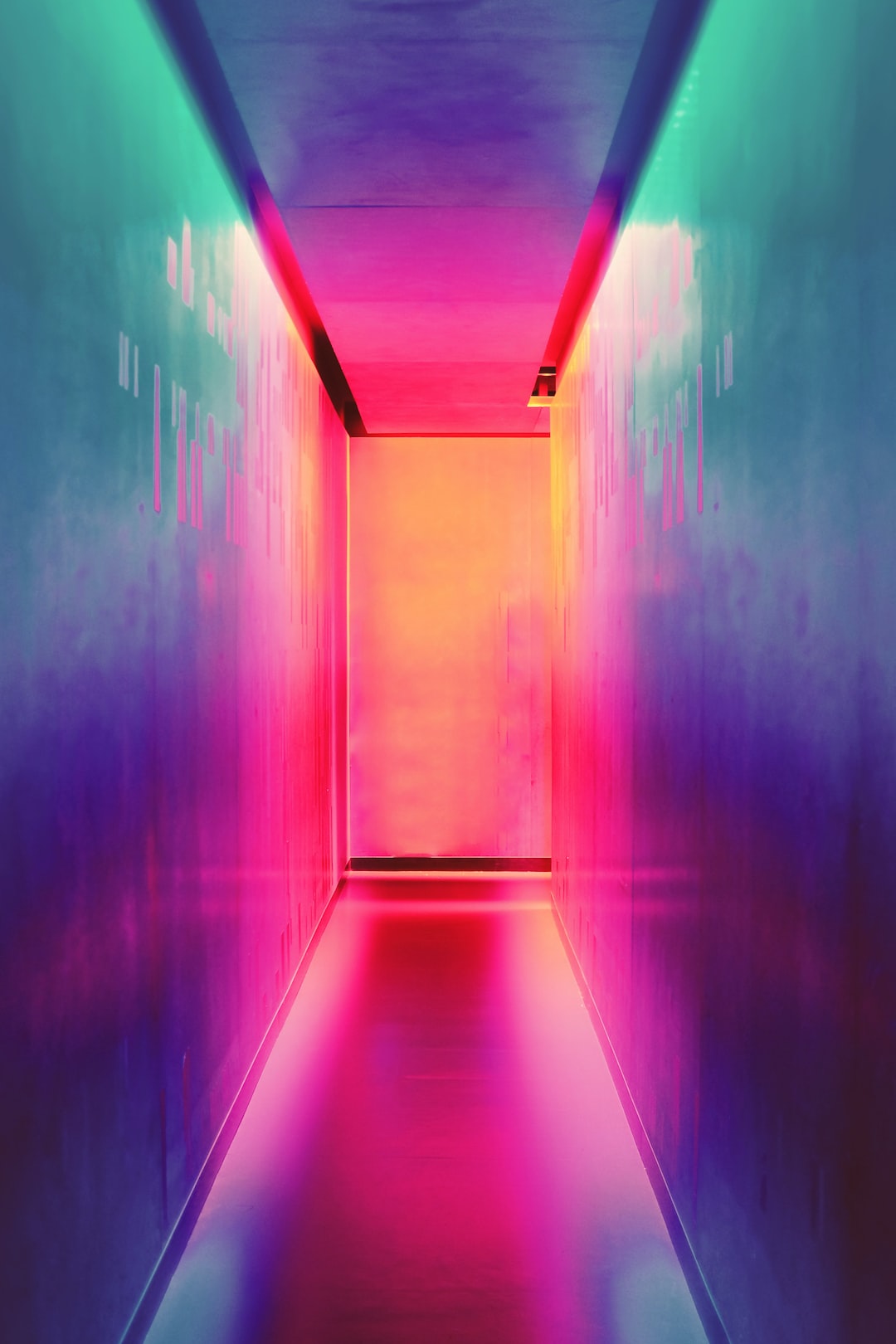Curry is a beloved and widely popular dish that can be found in countless households and restaurants across the globe. Its aromatic flavors and vibrant colors have captivated the taste buds of millions, making it one of the most iconic and diverse dishes in the culinary world. But how did curry come to be? Let’s uncover the history and global popularity of curry dishes.
The Origins of Curry
Curry has a rich and ancient history that can be traced back thousands of years. Its origins can be found in the ancient civilizations of Mesopotamia, where the combination of herbs and spices was used to enhance the flavors of food. The word “curry” itself is derived from the Tamil word “kari,” which means sauce or gravy.
Curry’s Journey to the West
The introduction of curry to the western world can be attributed to the colonization and trade routes of the British Empire. As the British expanded their territories, they encountered different culinary traditions, including the vibrant flavors of curry. This exposure led to the popularization of curry in Britain, and eventually its spread to other parts of Europe and the Americas.
Regional Variations
As curry made its way to different corners of the world, it underwent various adaptations and incorporations of local flavors. In India, where curry has its roots, there are countless regional variations that reflect the unique tastes and ingredients of each area. From the spicy vindaloo of Goa to the fragrant biryani of Hyderabad, Indian curry dishes showcase the diverse culinary traditions of the country.
In Southeast Asia, countries like Thailand and Malaysia have their own versions of curry, often incorporating coconut milk for a creamy and fragrant base. Thai curries, such as green curry and massaman curry, are known for their balanced blend of spices and herbs, while Malaysian curries feature influences from Chinese, Indian, and indigenous cuisines.
Curry in the Americas and Africa
Over time, curry also found its way to the Americas and Africa, where it underwent further adaptations to suit local palates. In the Caribbean, the influence of Indian indentured laborers led to the creation of unique curry dishes like Jamaican curry goat and Trinidadian curry chicken. In African countries like South Africa and Kenya, curry has been fused with local ingredients, such as African spices and vegetables, resulting in dishes like bunny chow and kuku paka.
The Global Popularity of Curry
Today, curry has become a global phenomenon, enjoyed by people from all walks of life. Its popularity can be seen in the widespread availability of curry houses, food trucks, and ready-to-eat curry products in supermarkets. In countries like Japan, curry has become so popular that it has been elevated to a national dish. Japanese curry, characterized by its thick and slightly sweet sauce, is often served with rice and various toppings.
Curry’s popularity can also be attributed to its versatility. It can be tailored to individual preferences, ranging from mild and aromatic to fiery and intense. Whether you prefer a vegetarian curry, a seafood curry, or a meat-based curry, there is a wide range of options to choose from.
In conclusion, curry dishes have a long and storied history, originating from ancient civilizations and evolving through centuries of cultural exchange. Its global popularity can be attributed to its unique flavors, adaptability, and the incorporation of local ingredients. Whether you’re indulging in a spicy Indian curry or savoring a fragrant Thai curry, the appeal of curry dishes transcends borders and continues to captivate taste buds worldwide.




